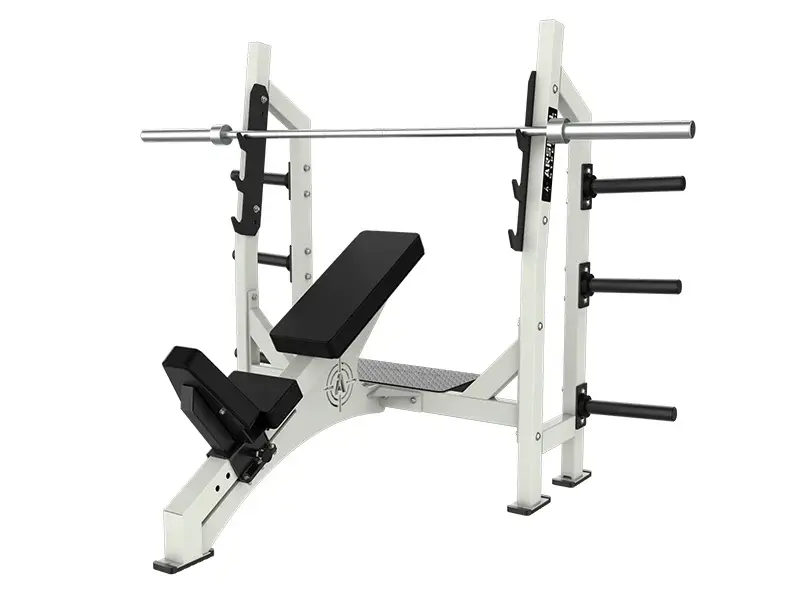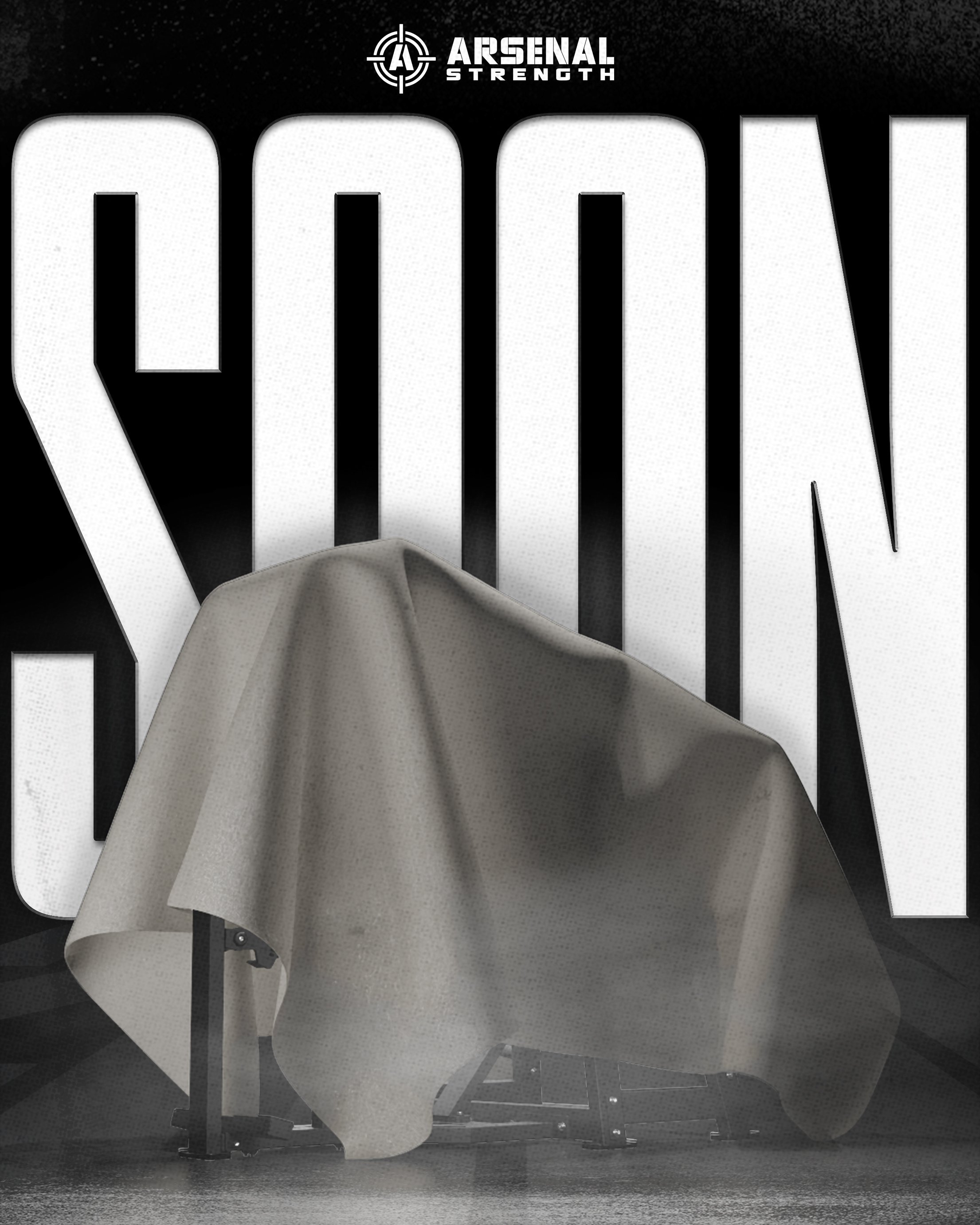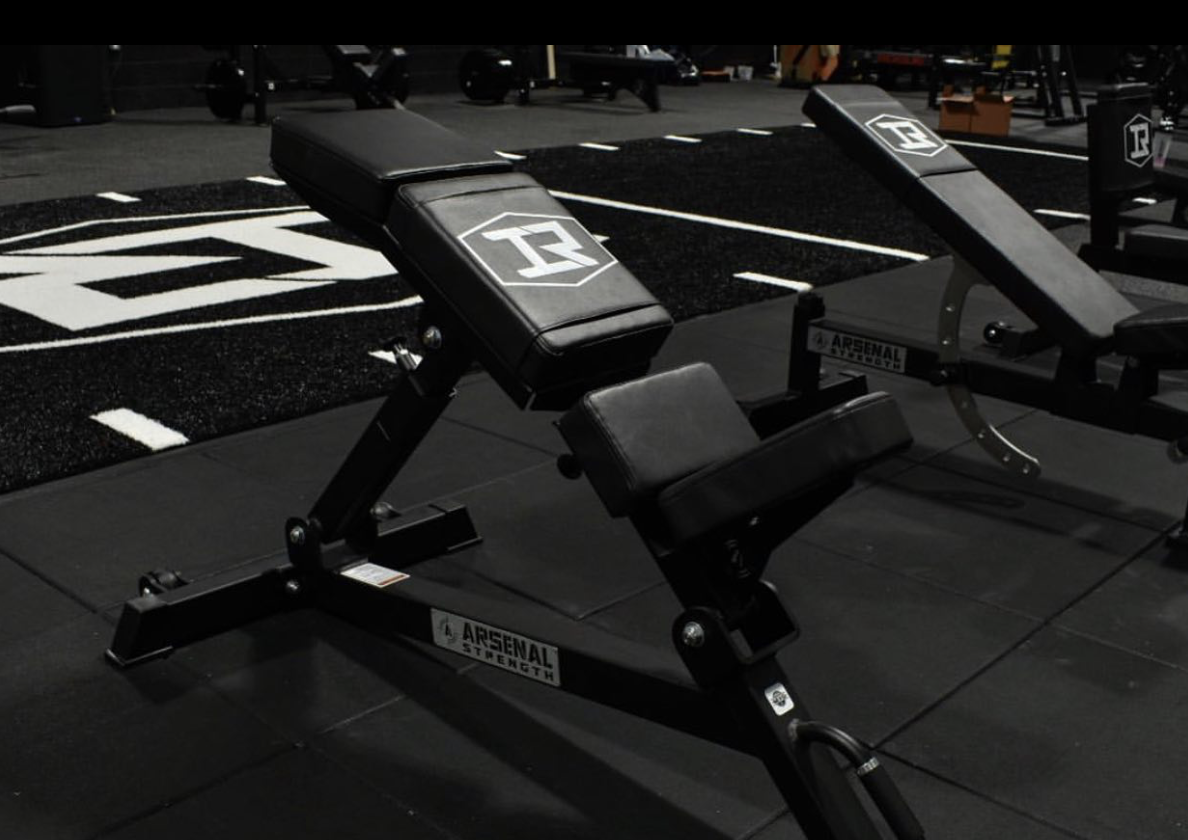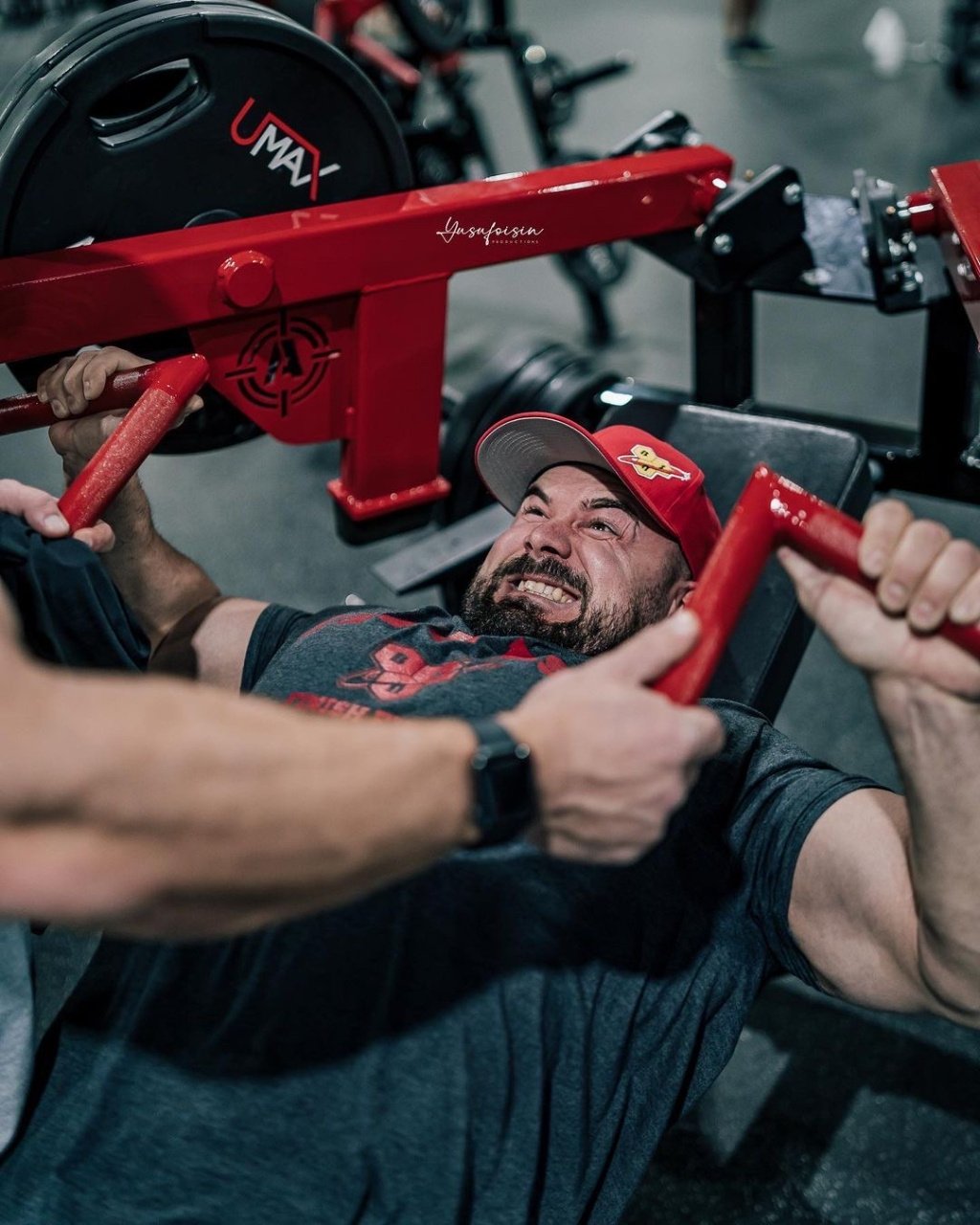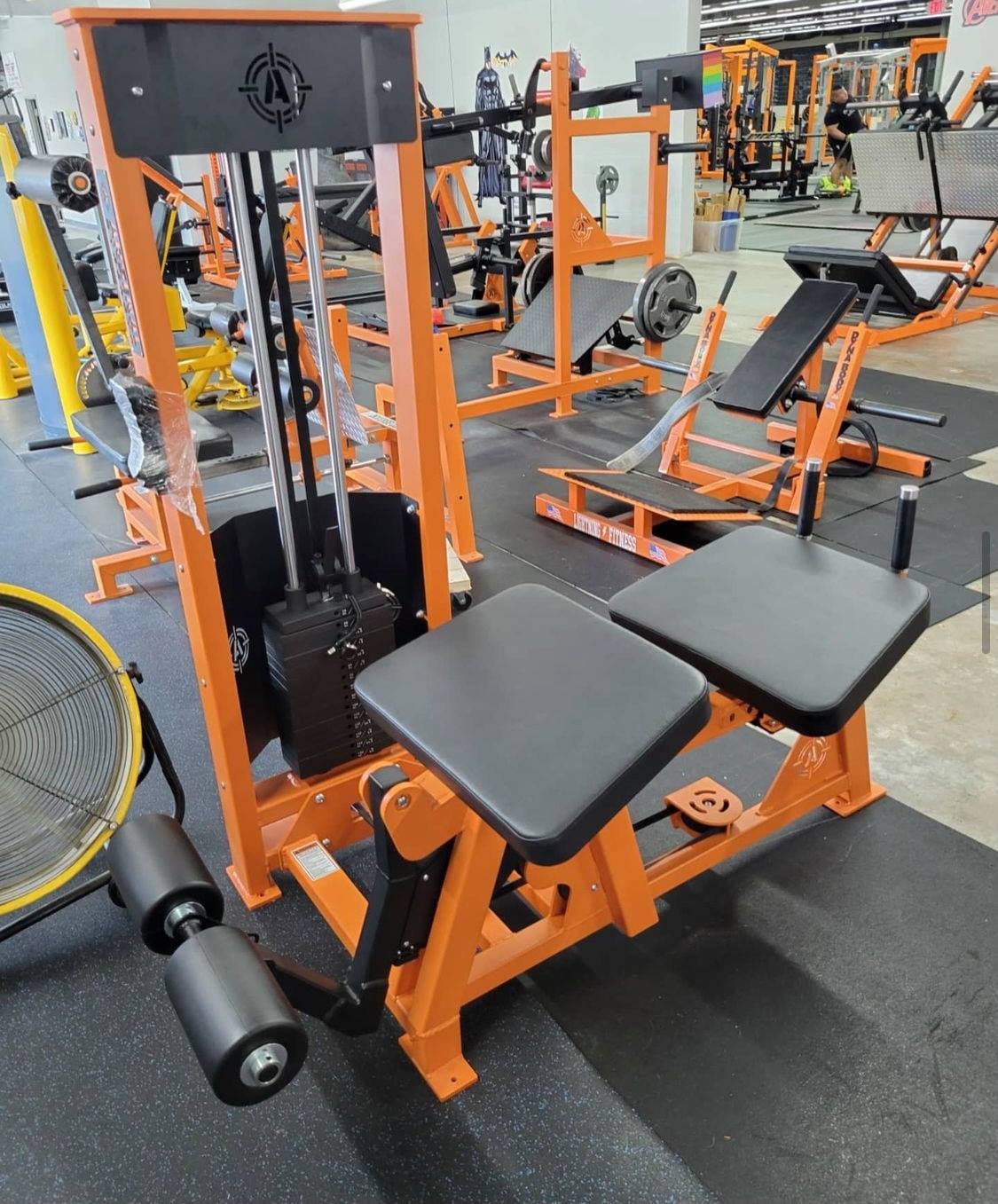Finding the Optimal Incline Bench Angle for Maximum Muscle Gains
Wondering what the ideal incline bench angle is for targeting your upper chest? The effectiveness of incline bench presses relies heavily on adjusting your bench to the angle that maximizes muscle engagement. In this article, we’ll delve into why setting your bench at a 30 to 45-degree angle can trigger significant upper pecs activation, but most importantly, how to find the sweet spot that aligns with your personal fitness goals. Let’s cut through the confusion and lay out the facts about incline bench angles.
- The optimal angle for targeting upper chest muscles in an incline bench press is around 30 degrees, as it maximizes muscle activation while maintaining the auxiliary role of the front deltoids.
- Proper technique in the incline bench press, including foot placement, grip width, and shoulder blade retraction, is crucial for maximizing the effectiveness of the exercise and preventing injury.
- Incorporating a mix of flat and incline bench press variations into a workout routine can help achieve balanced chest development, and adjusting the bench angle can further tailor muscle engagement to specific training goals.
Unlocking the Secrets of Incline Bench Press Angles
The incline bench press stands as a colossus among chest workouts, revolutionizing the approach to upper body enhancement and fortification. Its efficacy is not merely derived from sheer strength. Rather it resides in the nuanced setting of the incline angle. When adjusted appropriately, this exercise precisely targets those hard-to-reach upper muscles, propelling your muscle development upward dramatically. Mastering how to execute the incline bench press accurately and comprehending its effects on your muscles are key for maximizing its benefits.
To transform your incline workout into an exacting strategy for muscular amplification, let’s delve into scientific insights that will refine your use of this formidable tool within your repertoire of exercises.
The Science Behind Incline Angles
The angle of the incline bench is not a mere detail—it’s a crucial element for targeting specific muscle engagement. Compared to the flat bench press, the incline variant prioritizes stimulation from across the entire pectoralis major to primarily focus on its clavicular head and anterior deltoids. With each incremental shift in your bench’s inclination, you’re effectively tuning which muscle groups receive more attention during your workout.
For instance, setting up an extreme 60-degree angle engages predominantly the front shoulder muscles (anterior deltoids), sometimes at the expense of fully activating upper chest muscles. To find that sweet spot where you’re honing in on strengthening and developing your upper chest area optimally, play around with angles starting as subtle as 15 degrees and going up to a robust 45 degrees—this allows personal customization so that workouts can align closely with individual strength-building objectives for different segments of chest musculature.
Optimal Angle for Maximum Upper Pec Activation
If you aim to focus on the upper body, consider the pivotal role of a 30-degree incline angle. This specific degree serves as an optimal guideline for enhancing upper chest muscle development by ensuring significant activation with minimal involvement from the front deltoids.

While you might be enticed to experiment with a 45-degree angle, it’s not ideal for effectively isolating the upper chest muscles. By adjusting your range between 15 and 45 degrees during incline exercises, you have control over shifting muscle activation from lower regions towards your upper chest, thereby suiting various workout objectives.
Adjusting Angles for Diverse Training Goals
To achieve a comprehensive development of the chest, your indispensable partner is the adjustable bench. This tool empowers you to tailor your exercise regime by selecting an incline angle that suits your specific muscle activation goals. If enhancing the upper chest is what you’re aiming for, an incline set between 30 and 45 degrees will meet this need effectively. Caution must be exercised. Ascending beyond a 45-degree inclination could shift focus to shoulder muscles and reduce engagement of the pectoralis major in your fitness journey.
Modifying incline angles, similar to guiding a ship with its compass, enables you to avoid muscle imbalances and ensures smooth sailing towards uniform muscle growth.
Mastering the Incline Bench Press Technique
Mastering the incline bench press is akin to a master blacksmith expertly crafting a blade. Technique is crucial. It acts as the cornerstone that amplifies your lifting effectiveness and serves as protection against injuries. By adopting the correct hand placement, movement trajectory, and establishing a solid mind-muscle relationship, you can intensify your strength gains while meticulously carving out your upper body muscles.
Moving forward, we aim to perfect your form, ensuring every rep on the incline bench contributes meaningfully towards achieving your fitness milestones.
Setting Up Your Starting Position
The foundation of your workout is laid by the starting position. Ensure that your feet are planted solidly on the floor and that your upper back is securely pressed against the backpad of the bench, forming a stable base. The grip you select serves as a pact with success - it ought to be precise so that your forearms align directly under your wrists, expertly balancing the weight like an adept juggler.

Locate a grip width—whether slightly narrower or just beyond shoulder width—that optimally accommodates your biomechanics. This will place you in a supremely potent stance for pressing.
Executing the Movement with Precision
The act of performing this movement is akin to an artist with a paintbrush, purposeful and thoughtful in every motion. As you lift the barbell off the rack with extended arms, align it over your chest poised for action. Your lower back should have a gentle curve to foster a secure base of power that facilitates lifting more weight safely without pushing beyond your limits. Draw breath inward and keep muscular tension consistent while lowering the bar towards your chest as though pulling back on an archer’s bowstring.
Subsequently, exerting energy as if propelling from a siege engine, propel the barbell skyward again with arms outstretched fully and your chest prevailing gloriously. It’s essential not only to handle significant weights, but also lighter ones or even just the empty barbell can serve as training companions in honing this intricate interplay between might and mastery. Harnessing leg drive is crucial - plant your heels firmly against the floor when pressing upward. Summon force from terra firma itself into each powerful push upwards.
Incorporating Leg Drive and Shoulder Blade Retraction
The effectiveness of the incline bench press is greatly enhanced by the combined efforts of engaging leg drive and retracting your shoulder blades. Position yourself on the bench, pulling your shoulder blades together to create a solid foundation from which your chest muscles can exert force. This act not only positions your chest for maximum power but also sets up a strong base for an effective press.
Ensuring that your feet are firmly planted on the ground and that you maintain this retraction throughout, there’s an immediate infusion of stability flowing through you—as though drawing strength directly from nature itself—to bolster your lift. Employing these techniques melds together like forging a stronger metal, confirming that each press is endowed with formidable power and steadfastness in its execution.
Comparing Flat and Incline Bench Presses
As you journey through the realm of strength training, two close relatives will emerge: incline bench presses and flat bench presses. Though they are closely related in their function, both offer distinct benefits within your workout regimen. The flat bench press lays the groundwork for comprehensive chest muscular development, while the incline variant focuses on strengthening the upper chest.
In pursuit of optimal muscle growth, recognizing the individual advantages and subtleties of each exercise is key. We shall delve into a comparative exploration to understand when and how to integrate each type of press effectively for achieving well-rounded muscular enhancement.
Impact on Muscle Groups
The narrative of the muscle groups affected by these two variations is about focused engagement. With its bench set to an angle that reaches 45 degrees, the incline bench press shifts emphasis towards activating the deltoid muscles prominently. Utilizing dumbbells in this endeavor not only targets primary muscles but also recruits core and stabilizing muscles, thanks to the inherent instability offered by these free weights.
If one decides to work on both shoulders and chest during a single training session, then performing an incline press at a 45-degree angle can significantly enhance blood flow to front deltoids—a benefit that merits acknowledgment.
When to Choose Each Variation
Selecting the appropriate angle for an incline bench press is essential, much like choosing a specific tool for a task. To bolster the upper area of your chest, it’s advisable to set the bench at an angle between 15 and 30 degrees. In contrast, if you’re looking to build up your shoulder muscles significantly, then positions exceeding 45 degrees on the incline will be most effective. For those who aim to cultivate their upper pectorals comprehensively, angling the bench between 30 and 45 degrees comes highly recommended by experts. It’s important to note that finding your ideal inclination may require some experimentation due to individual differences in muscle structure and movement patterns. Thus listen attentively to what your body signals during these adjustments.
Incorporating a variety of angles within one’s training regime not only wards off muscular imbalances but also carves out a legendary physique. By utilizing different settings on the incline bench when conducting press movements, ensures comprehensive development across all regions of the chest—the benefits being both aesthetic triumphs as well as functional mightiness—and maintains balance throughout this crucial group of muscles in our bodies.
Designing an Effective Incline Bench Press Workout Routine
To sculpt a chest that’s not only robust but aesthetically stunning, you need to integrate the incline bench press into your workout regimen with great care and precision. Regardless if you’re engaging in full-body workouts or adhering to specific training splits, incorporating the incline bench press is crucial for creating a cohesive exercise program.
We will now craft a well-rounded incline bench press routine, factoring in how often you should perform it (frequency), the amount of work done (volume), and additional exercises that complement its effectiveness in order to cultivate a strong and attractive upper body.
Frequency and Volume Considerations
In the hallowed realm of muscle development, regularity and workload stand as the dual foundations supporting your advancement. To witness your chest ascend akin to the dawn’s early light, incorporating the incline bench press into your regimen biweekly syncs with the pinnacle rhythm for maximal muscle growth. Adhering to this tempo, executing 3-4 sets comprising 5-10 repetitions will sculpt your chest through a balance of fervent intensity and meticulous accuracy.
For those whose arms extend like limbs from a venerable tree, focused exercises aimed at strengthening triceps can be an arcane potion that boosts prowess in performing the incline press.
Combining Incline Presses with Complementary Exercises
To circumvent the risks of muscular imbalance and maintain a majestic chest, it’s imperative to incorporate supporting exercises. Engaging your rear delts, lats, rhomboids, rotator cuffs, and lower traps is critical as they bolster your incline press efforts. When choosing these supplementary exercises, keep in mind personal factors such as arm length and your preferred bench pressing technique to create an exercise regime that aligns with your physical characteristics uniquely. Amongst others you might consider include:
- Rear delt flyes
- Lat pulldowns
- Bent over rows
- Rotator cuff workouts
- Face pulls
Incorporating these specific movements will help cultivate a balanced upper body strength.
Introduce variations like the incline banded dumbbell bench press into your workout ritual for enhanced hypertrophy throughout the chest,triceps, shoulders, and upper back.Equally, the high-incline bench press can be integrated either as a pivotal component within maximum effort training sessions or tactically employed as an adjunctive tool to tweak intensity levels focus during workouts.
Fine-Tuning Your Incline Press: Variations and Modifications
To elevate your training regimen to its peak, embracing change and versatility is key. Continuously reshaping your approach with the incline bench press ensures that progress doesn’t plateau. Injecting new techniques into your workout routine stimulates muscle development in previously unchallenged ways.
Consider integrating the following variations of the bench press into your exercise plan:
The use of dumbbells for an incline press
- Incline pressing with a barbell
- Smith machine presses on an inclinge
- Cable presses while inclined
- Push-ups executed at an angle
Incorporating these varied exercises will engage diverse muscle groups and revitalize the effectiveness and excitement of your fitness endeavors.
Let’s intensify our focus on improving your mastery over the incline bench, by layering intricate aspects that expand upon traditional routines.
Exploring Incline Dumbbell Variations
Incline dumbbell presses are an essential component, much like seasoning to a fine meal. They enhance your workout routine with their unique flair. They allow your arms the freedom to move independently, guaranteeing that each muscle fiber is thoroughly engaged. The single-arm incline dumbbell press promotes equilibrium and uniformity in ways that cannot be matched by using just the barbell.
Integrating these exercises into your regimen sculpts and defines muscles in both the upper chest and shoulders while also addressing any unnoticed disparities in strength—resulting in a physique that’s not only aesthetically balanced but also robustly symmetrical.
Utilizing Different Incline Angles for Growth
Just as a sculptor adjusts his strokes for varied effects, so should you adjust the angles of your incline press. By doing this, you engage different fibers within your muscles, sparking growth and aiding in overcoming any stagnation in your training regime. Adopting progressive overload through varying angles allows your muscles to encounter fresh challenges, leading to gains in both strength and mass.
Consistent adjustment of the incline on chest days ensures that your muscles are continually adapting and progressing rather than settling into comfort with their growth. Have faith in the practice of trial and error because it is by experimenting that you’ll discover which angles align perfectly with the particularities of your body shape and personal objectives.
Progressive Overload with Incline Presses
The pursuit of muscle development is akin to an endless uphill journey, with the concept of progressive overload serving as your compass. To track your upward progression in this realm, one can either escalate the amount of weight hoisted or enhance the number of repetitions executed. It’s about pushing oneself to reach just beyond current abilities each time you train. By integrating high-intensity techniques such as supersets and drop sets into your routine, you amplify progress by intensifying its demands.
Delving into a more complex challenge within this quest lies the single-arm incline press—this unilateral exercise requires extra effort from your body which translates into enhanced gains. When braving new territories like kettlebell training, their distinctive form and equilibrium call upon even deeper core involvement. This solidifies not merely strength but resilience throughout the chest muscles.
The Role of Equipment in Incline Bench Press Success
Attaining the pinnacle of success in your incline bench press pursuits is critically dependent on the quality and suitability of your equipment. Just as an anvil shapes metal, so too does a reliable and flexible inclinable bench forge your advancement. Choosing between a solid barbell and adaptable dumbbells for use with this essential apparatus will significantly influence both the efficiency and secure execution of your exercise regimen.
When analyzing critical gear, it’s important to ensure every item you choose acts as a physical conduit for your unwavering commitment to excellence in performance. This scrutiny guarantees that each element complements not only the utility but also bolsters safety during all phases of executing an incline bench press routine on an inclined weightlifting bench.
Selecting the Right Bench
Opting for an ideal bench is like choosing a seat of power – it needs to be fitting for your endeavors and bolster your victories in training. The qualities of such a distinguished bench include:
- Firmness
- Robustness
- Adequate cushioning
- ZeroGap technology feature
- A spectrum of positional adjustments
These attributes provide the necessary variety and reinforcement required for effective workouts.
In allocating funds toward your royal apparatus, consider aspects such as:
The maximum load capacity
- Firm footing
- Tailored compatibility
- Range of adjustability options
- Service guarantee
Ensuring these factors are accounted for guarantees that you procure a piece that can endure both time’s wear and the intensity of your exercise regime, whilst ensuring a secure flat bench angle.
Barbell vs. Dumbbell Incline Presses
The ongoing comparison of the effectiveness between barbell and dumbbell incline presses often pits old-school methods against newer techniques. Research indicates that, when used with equivalent weights, both forms can be equally effective in fostering strength gains.
When it comes to cultivating muscle power, the barbell incline press stands out due to its ability to handle greater loads. Its stable nature permits an individual to expand their strength capacity securely and confidently. Meanwhile, utilizing a flat barbelel bench press hits your chest muscles from a distinct angle.
In contrast, the nuance offered by performing an incline dumbell press allows for more precise modifications which facilitate focused engagement of specific muscles. Ultimately selecting one over the other boils down to personal preference as well as alignment with individual workout objectives and training preferences.
As we draw the curtains on this odyssey of iron and steel, let us reflect on the wisdom gleaned. The incline bench press, a stalwart ally in your muscle-building crusade, demands respect for technique and an understanding of the optimal angle for maximum gains. With the right equipment, technique, and variations, your journey toward a Herculean chest will be as rewarding as it is challenging. Carry these insights like a talisman into your workouts, and watch as your upper body transforms into a testament to your dedication and prowess.
Frequently Asked Questions
What is the optimal angle for an incline bench press to maximize upper chest growth?
For maximum development of the upper chest muscles while performing an incline bench press, setting the incline bench at a 30-degree angle from flat is ideal. This position effectively emphasizes the upper chest while reducing engagement of the front deltoids during the exercise.
Can I still build strength with incline bench presses using dumbbells instead of a barbell?
Certainly, it’s possible to enhance muscular strength by performing bench presses with an incline dumbbell setup. Studies have shown that there are comparable strength improvements when comparing exercises using barbells and dumbbells for bench pressing. The added benefits of utilizing dumbbells include the ability to achieve a wider range of motion and engage in movements that work each side of the body independently (unilateral movement).
How often should I perform incline bench presses for optimal results?
Engaging in incline bench presses with a frequency of twice weekly and completing 3 to 4 sets consisting of 5 to 10 repetitions each, will facilitate maximal muscle development and strength gains.
Should I use a different incline angle if I'm a beginner versus an experienced lifter?
Certainly, novices should consider initiating their workouts with a modest incline angle of approximately 15 degrees to focus on the upper chest muscles without overburdening the shoulders. As they gain strength and adapt their muscle engagement, seasoned exercisers are able to progressively raise this incline up towards 45 degrees.
How can I ensure I'm performing the incline bench press with proper form?
To perform the incline bench press with proper form, ensure your feet are firmly planted, your upper back pressed against the bench, and your grip width allows for stacked forearms beneath your wrists.
Also, remember to initiate the lift with retracted shoulder blades and maintain a slight arch in your back throughout the exercise.
Additional Bent Over Row Resources:
Arsenal Strength Smith Machine
Back Training Featuring The Flex Lewis

